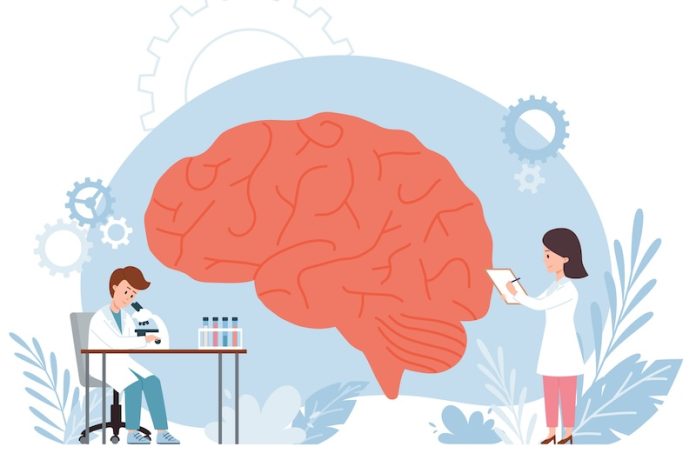
A hemorrhagic stroke is a type of stroke that occurs when a weakened blood vessel in the brain bursts, leading to bleeding (hemorrhage) in or around the brain.
Hemorrhagic strokes are less common than ischemic strokes, which are caused by blood clots, but they are often more severe and can be life-threatening. Knowing the risk factors for this kind of stroke can be a crucial step in prevention.
High blood pressure, or hypertension, is the number one risk factor for hemorrhagic stroke. Over time, high blood pressure can weaken arterial walls, making them prone to rupture.
Studies have shown that managing blood pressure can significantly reduce the risk of having a hemorrhagic stroke. It is essential for people, especially as they age, to monitor their blood pressure regularly and manage it through diet, exercise, and medication if necessary.
Another significant risk factor is aneurysms—balloon-like bulges in an artery that can stretch and burst. These are particularly dangerous when they occur in the brain.
Some people may live with aneurysms without ever experiencing symptoms, which makes regular medical check-ups important, especially if there’s a family history of aneurysms.
Arteriovenous malformations (AVMs) are less common but highly relevant to hemorrhagic strokes. AVMs are tangles of blood vessels in the brain that can rupture due to their abnormal and fragile nature.
While many AVMs are present from birth, they often remain undetected until they cause problems.
Lifestyle choices also play a significant role in the risk of hemorrhagic stroke.
Smoking, for example, damages blood vessels and increases blood pressure, both of which elevate stroke risk. Alcohol use, especially heavy drinking, is another risk factor because it can lead to high blood pressure and liver disease, which affects blood clotting.
Certain blood-thinning medications can increase the risk of bleeding and may lead to a hemorrhagic stroke if not managed properly.
People on these medications need regular monitoring by healthcare professionals to ensure that the benefits of these drugs outweigh the risks.
Illegal drug use, particularly substances like cocaine and amphetamines, is a powerful risk factor for hemorrhagic stroke. These drugs can cause sudden, severe spikes in blood pressure and can weaken blood vessels, making them more likely to burst.
A less discussed but important risk factor is a family history of hemorrhagic strokes. Genetics can play a role in the predisposition to conditions like high blood pressure, aneurysms, and blood vessel abnormalities.
Knowing your family history can help you and your healthcare provider better understand your risks and watch for early warning signs.
It’s also essential to recognize the symptoms of a stroke: sudden numbness or weakness, especially on one side of the body; confusion or trouble speaking; vision problems; severe headache with no known cause; dizziness or loss of balance. Quick response to these symptoms can be life-saving.
For those at risk, prevention includes managing blood pressure, quitting smoking, limiting alcohol consumption, maintaining a healthy diet and regular exercise, and working with healthcare providers to monitor and address any other specific health issues.
Regular check-ups are vital, especially if there are predisposing factors or a family history of strokes.
Understanding these risk factors and actively managing them can substantially reduce the chances of experiencing a hemorrhagic stroke, paving the way for a healthier, longer life.
If you care about stroke, please read studies that diets high in flavonoids could help reduce stroke risk, and MIND diet could slow down cognitive decline after stroke.
For more health information, please see recent studies about antioxidants that could help reduce the risk of dementia, and tea and coffee may help lower your risk of stroke, dementia.
Copyright © 2024 Knowridge Science Report. All rights reserved.



